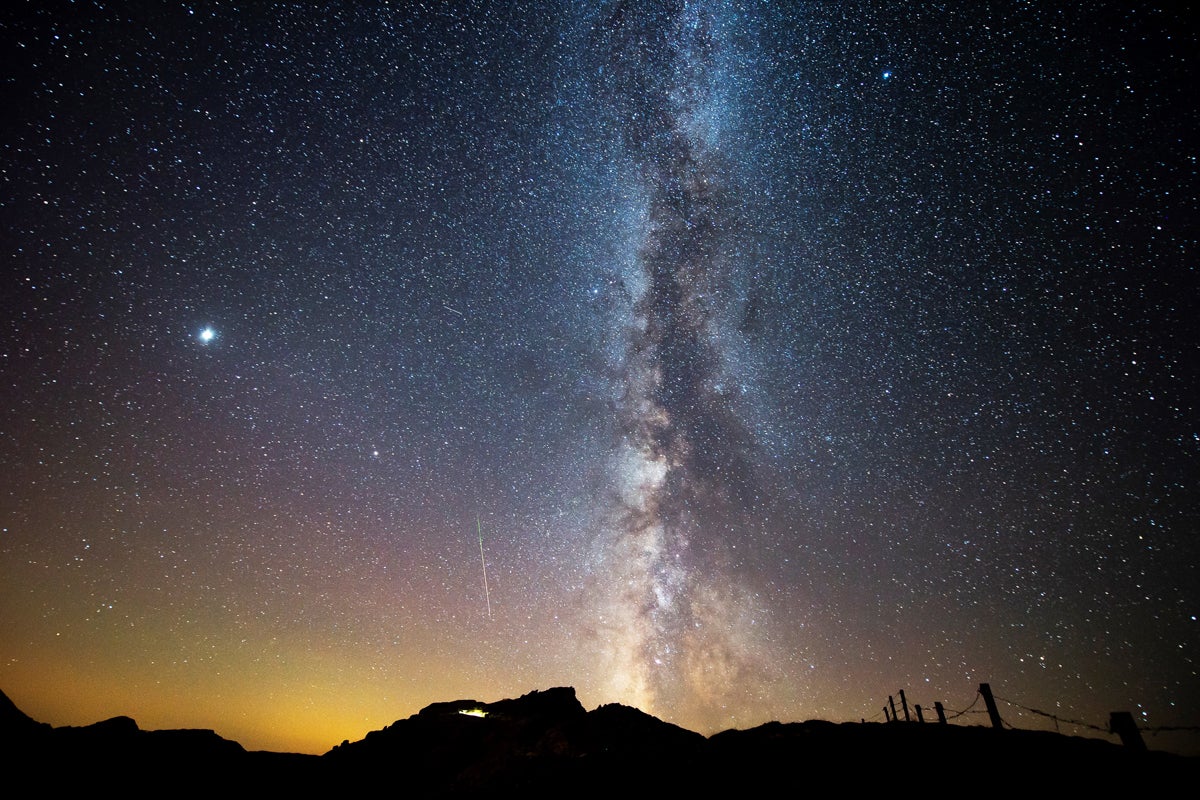Strange signals reveal previously unknown galaxies – and many more stars could be hiding behind dust, scientists say

Unusual signals have led scientists to previously undiscovered galaxies – and there could be many, many more out there waiting to be found.
Scientists have long been looking to find more about the history of the early universe, by looking deep into space. Distant galaxies allow us to see how the universe was much closer to its beginning, effectively allowing astronomers to look back in time.
Astronomers have been doing so using a variety of different observations, through the Hubble Space Telescope and telescopes on the Earth. Recently, those observations have been further helped by observations through the Atacama Large Millimeter/submillimeter Array, or Alma, which allows them to look at distant galaxies in submillimeter wavelengths.
They are looking particularly at a set of 40 target galaxies, which researchers are able to see at the very beginning of the cosmos. And it was in that research – known as REBELS, or Reionization-Era Bright Emission Line Survey – they found more than they had expected.
Picking through the data, researchers found unusual signals. They saw that there appeared to be strong emissions by dust – but that there was no ultraviolet light coming from the locations, even with very sensitive equipment.
They found that the signals were in fact coming from two prevously unknown galaxies that happened to be close to the two targets the scientists were ooking at as part of the REBELS work.
They had been missed because they were almost completley obscured by dust, the scientists said, with one of them the most distant galaxy obscured by dust found yet. And they were found almost by accident.
What’s more, there could be many more of those galaxies out there waiting to be found. “It is possible that we have been missing up to one out of every five galaxies in the early Universe so far,” said Yoshinobu Fudamoto, who led the research.
A study detailing the findings, ‘Normal, Dust-Obscured Galaxies in the Epoch of Reionization’, is published in Nature.
Subscribe to Independent Premium to bookmark this article
Want to bookmark your favourite articles and stories to read or reference later? Start your Independent Premium subscription today.

Join our commenting forum
Join thought-provoking conversations, follow other Independent readers and see their replies